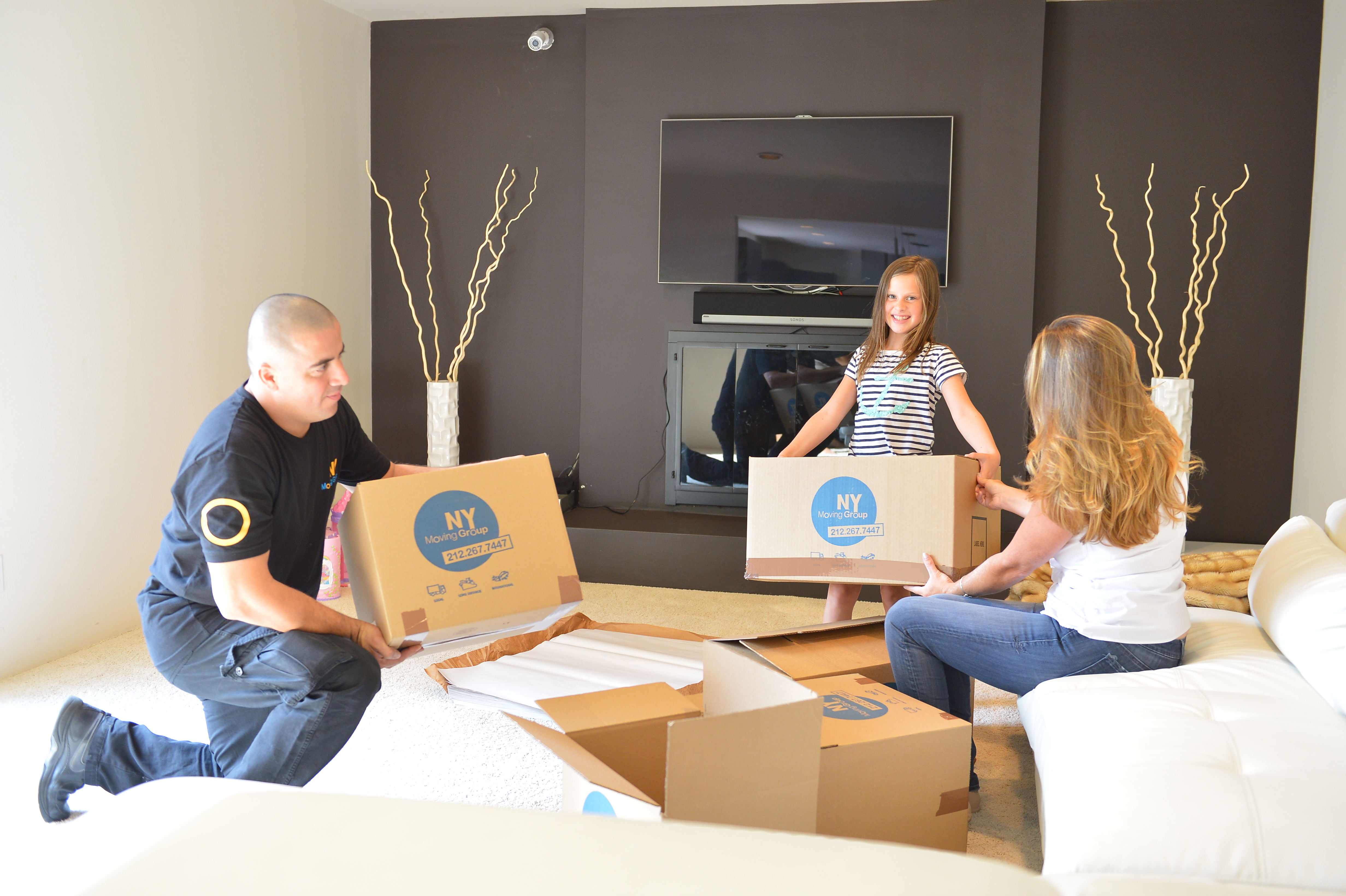Moving electronics can be done safely and efficiently if you plan smartly
Because they are expensive and fragile, electronics can be one of the more difficult things you’ll handle while moving. However, if you create a plan and work carefully and methodically, you’ll find that your electronics can be easily packed up and ready to install in your new home upon arrival.
Check the instructions
Take a look at the instruction manuals that came with your electronic equipment for any special guidelines. Some items may be sensitive to heat, for example, so you’ll need to take extra care. If you’ve lost your manuals, you can usually find them online on a site such as Manuals Online, or by searching on the manufacturer’s site.
Take a picture
Before you unplug, disassemble, or move anything around, stop and take a picture. Capture the front and back of your equipment in its current set up. This will be a handy reference point later when you start to unpack and put it all back together in your new home.
Remove, store and code
Take apart each item piece by piece, and systematically create an inventory list for that specific electronic device. As you remove cords, have small, color coded stickers handy to place on both the plug and the port, which will allow you to easily see how it all fits back together upon unpacking. Carefully wind up cords and secure them with twist ties to prevent tangles in transit.
Remove any extras
When packing a printer, remove any ink cartridges and place them in their own, labeled, zip-top baggie. The same rule applies to any batteries that are in either the devices themselves or associated remote controls. Also be sure to check for any discs left in the device and remove them prior to boxing up.
Package it up safely
Ideally, you kept the original packaging that came with your electronic device, and can neatly and safely fit it back in its box. If you haven’t (which is the case for most of us), invest in some quality antistatic packaging material. Wrap everything in a layer of newspaper, then a thick layer of antistatic bubble wrap, and very securely tape it all together. Place it in a sturdy box just large enough to hold it, and pad it out in the open spaces with moving blankets or linens. As a last step, pour some (again, antistatic, otherwise it can damage your equipment) foam peanuts in the box to fill the rest of the space, and carefully tape it up to help keep dust out.
Mark it up
Mark these boxes as fragile, but avoid listing the contents on the face of the box, as to help deter any would-be thieves that come across your inventory. Instead, number the boxes, and keep an inventory of your own so that you know exactly what is in each box.
Stay climate safe
If you had any electronics that were noted to be sensitive to heat or cold, let your movers know and get it in writing that they understand that these items will need to be in an temperature controlled environment. If you plan on moving everything yourself, find a way to denote this fact on the boxes, and make sure your own moving team is aware.
Insurance
Again, take pictures and upload them somewhere online with a time and date stamp so that you have concrete evidence of what you had should something go wrong. If you plan to use a moving company, talk with them about the kinds of electronics you’ll be moving, and what their insurance will cover should something become damaged or stolen.
When you reach your new home, you’ll find everything a snap to unpack and put back into working order, and it will make settling in so much easier.
Need more moving tips? Read our article about how to avoid the worst moving mistakes.
Einat Mazafi is the owner of NY Moving, a local and long-distance moving company based in New York. She is also a specialist in providing the best relocation solutions to clients worldwide.


